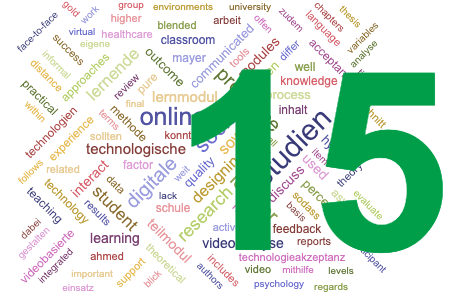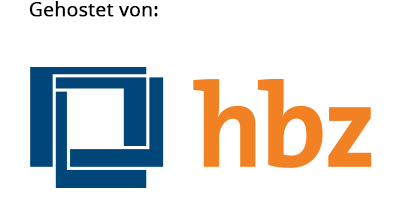Lessons from e-Learning courses in healthcare:
Schlagworte:
PRISMA-ScR method, adult education, distance learning, e-learning, healthcare, higher educationAbstract
Purpose: This paper provides an overview of studies that integrate adult learners’ perceptions on e-Learning courses related to healthcare, by identifying and describing characteristics and key factors of these courses and by delineating factors that should be considered when designing e-Learning courses for healthcare practitioners. Methods: A scoping review was conducted of studies evaluating university level e-Learning courses in healthcare disciplines (2010–2020), following the PRISMA-ScR method for data identification, screening, selection and extraction. The data was prepared according to the study, participants, and course characteristics as well as the evaluation of learners’ success, engagement and perceptions. Findings: Of the 246 identified studies, 12 met the inclusion criteria for this study. The evaluation of the e-Learning courses in the sample was generally positive for both online and hybrid models for all outcome variables. Three factors influencing the structure, process and outcome quality of e-learning courses stood out: the functionality of the learning management system (LMS) (i.e., structure quality); the importance of real-time interaction and feedback (i.e., process and outcome quality); and the influence of initial expectations on process and outcome quality. Originality: A substantial body of research has addressed issues related to outcomes and course design across e-Learning courses. Yet, there is no consensus on what can be defined as a successful, high-quality e-Learning course from an adult learner’s perspective. This research highlights factors to consider when designing e-Learning courses for healthcare practitioners that integrates the adult learner’s perspective.Downloads
Veröffentlicht
2023-07-28
Ausgabe
Rubrik
Beiträge



